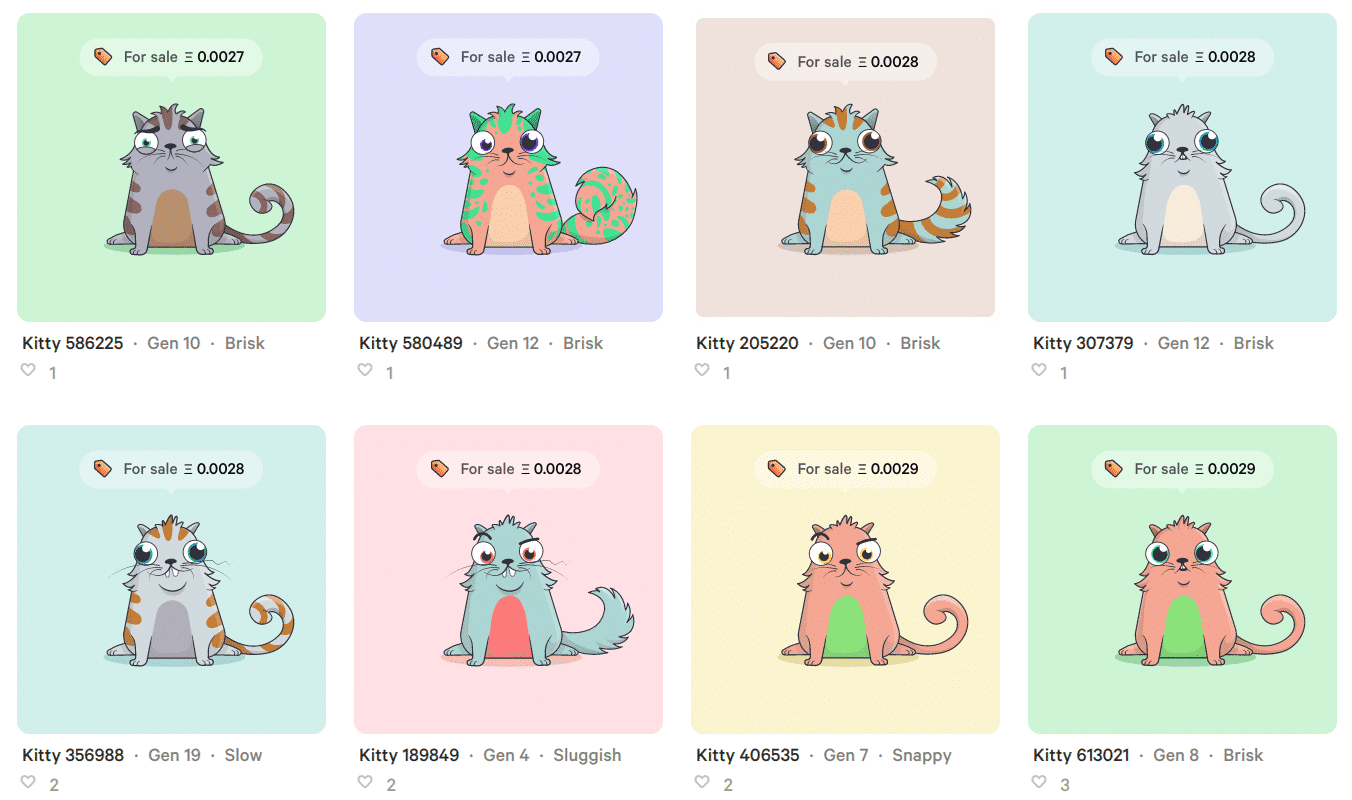

The artist Pak sold his NFT piece titled Merge for $91,806,519. Unfortunately, like most schemes, not everyone becomes rich from selling NFTs. Some compare NFTs to a Ponzi or pyramid scheme because of the hype of early adopters making lots of money to excite new and inexperienced people into buying NFTs. By doing this action, it gives the appearance of an NFT being popular and may entice someone to buy an NFT that really isn't popular. Easy to pumpīecause of the anonymity of marketplaces, it's easy for some to create multiple accounts and buy NFTs they already own to artificially increase the value of their NFT. If you lose access to this wallet or forget the password, everything stored in the wallet is lost.


The NFTs you own or sold are stored in a digital wallet. Although technologies are being developed to reduce the demand of power, they'll always require power to maintain. NFTs use blockchain technology that requires a lot of electricity to keep track of all unique numbers and transactions. If the website containing this information changes its links, goes out of business, changes the link structure, or doesn't continue with maintenance, the links are subject to link rot. Link rotĭue to the limited blockchain size, most NFTs are not themselves in the blockchain, only the link to a web page showing the proof of ownership. Instead, they are urging owners of NFT marketplaces to start tracking and stopping the plagiarism and theft of NFTs. Unfortunately, doing so requires a lot of time, and many NFT owners have stopped trying to police their works. It's up to the NFT owner to report other sellers of plagiarized or stolen NFTs, in hopes of getting those sellers banned and the illegal NFTs taken off the marketplace. This lack of control allows criminals to copy other artists' work, make little or no modifications to that work, and then sell and make money from that work. Most marketplaces that list and sell NFTs take no steps in verifying the art being sold on their marketplace is not plagiarized or stolen. These fees help cover the computing energy costs required to make a transaction. The term "gas fees" describes how much it costs to make a transaction on Ethereum. An artist selling an NFT for less than $100 on many marketplaces may even pay more in fees than they make in sales.
#Non fungible token registration
These fees can include one-time fees like registration fees and gas fees, and recurring fees like network and service fees. The marketplaces that help artists and other users list, sell, and show proof of ownership have many different fees attached to NFTs. When you purchase an NFT, it doesn't restrict someone else from using the NFT, and doesn't make you the Copyright owner or give you any intellectual property rights. CopyrightĪn NFT is only a method of showing proof of ownership. For example, you can take a picture of the Mona Lisa, but that doesn't mean you own the Mona Lisa. However, others argue that the same is true of most art. Although the unique identification created by the blockchain is unique and cannot be duplicated, it's easy to duplicate the digital thing attached to that unique identification. NFT criticism Easily copiedīecause most NFTs only exist as digital objects, many people argue there's no real value to NFTs because they're easy to copy and duplicate. If NFTs become irrelevant in the future, they would be worth nothing. Of course, any NFT you own is only worth what someone else is willing to pay for it in the future. NFTs can be treated as a speculative asset, where you believe someone else will pay you more than you originally paid. Also, because the unique identification can be tracked, you can make a percentage of the money earned from every future transaction. If you're an artist, selling your art as an NFT could allow you to make a lot more money for the initial sale of the NFT. NFTs have advantages, especially for artists. For example, Jack Dorsey sold his first tweet for almost $3 million. Tweets - People on Twitter have sold one or more of their tweets as NFTs.



 0 kommentar(er)
0 kommentar(er)
